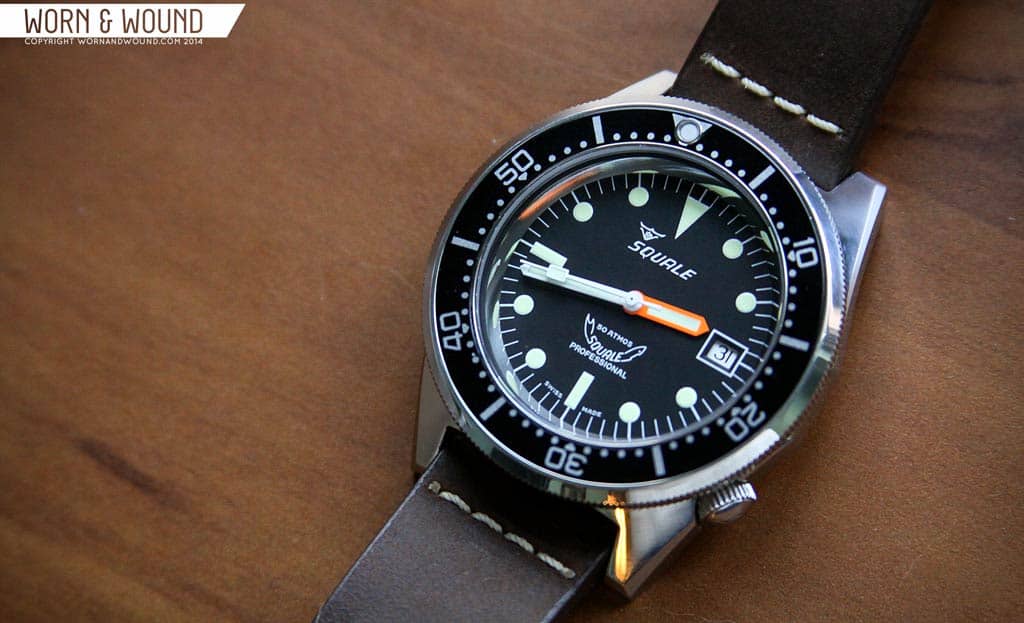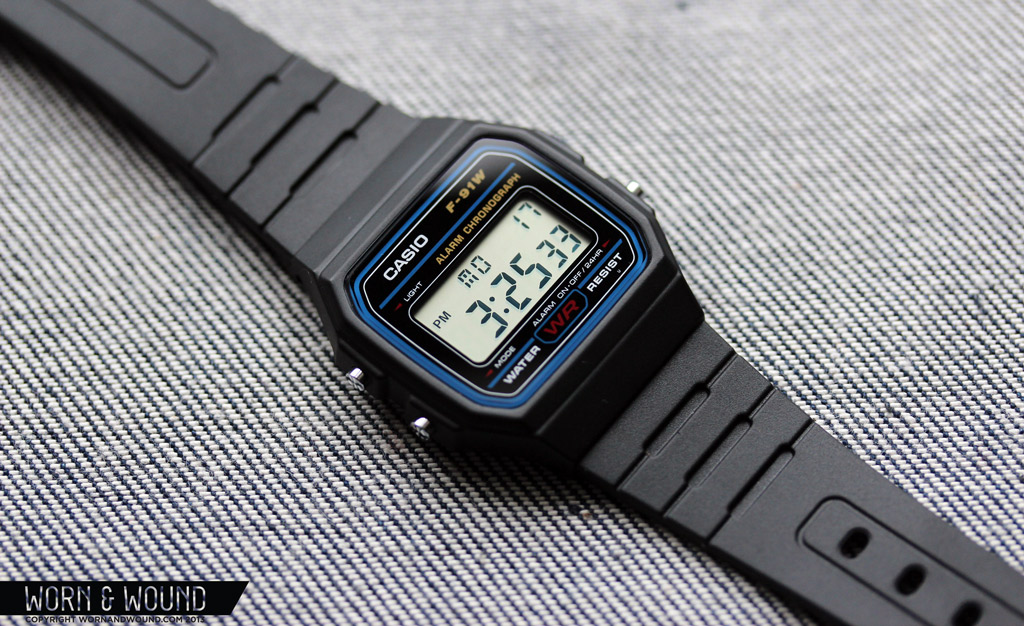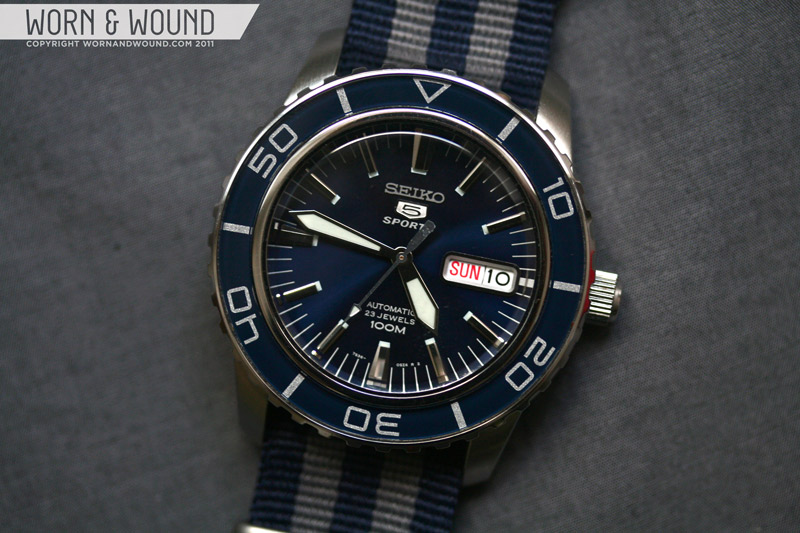This week’s Round-Table question is: What’s the most under-rated watch?
Let us know what you think in the comments, and if you have an idea for a Round-Table question, please email it to us for consideration!
Sean Lorentzen
The most underrated watch in the world is a tough question, because there are simply so many factors to take into account. Value for money, design, pedigree, and movement quality are all important, but for me as a collector at least one of the most important things to look for is history. And without a doubt for me at least, the most underrated historic watch has to be the Sturmanskie Gagarin.
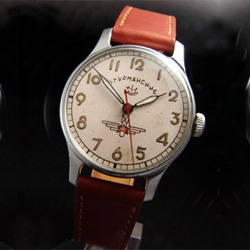 Russian watches in general are far too often overlooked in the watch world, and while there are certainly some reasons for this (fit and finish isn’t exactly on par with the Swiss- or really anybody, for that matter) watches from the region are- like most Russian-engineered things, simple, easily maintained, and nearly indestructible. The Sturmanskie in particular, though, is in my opinion one of the coolest horological stories in the world. Simply put, it was the very first watch in space.
Russian watches in general are far too often overlooked in the watch world, and while there are certainly some reasons for this (fit and finish isn’t exactly on par with the Swiss- or really anybody, for that matter) watches from the region are- like most Russian-engineered things, simple, easily maintained, and nearly indestructible. The Sturmanskie in particular, though, is in my opinion one of the coolest horological stories in the world. Simply put, it was the very first watch in space.
Yes, before the Speedmasters, Heuer chronographs, and Seiko 6139s, the first watch to boldly go where no man had gone before was a simple 3-hand Sturmanskie on the wrist of Soviet cosmonaut Yuri Gagarin. While original examples are becoming trickier to come by, they’re by no means impossible to find, and if originality isn’t a necessity, the watch has been reissued several times in commemorative editions. Even so, I’ve never seen one of these go for more than a couple hundred dollars, so breaking into the space watch game is not as tough as you’d think.
Christoph McNeill
Wow, there are so many watches that I would consider to be ‘under-rated’, especially when you consider what you get for several thousand dollars with most mid to higher end Swiss makers. But for today, I’ll go with the Squale 1521 diver, which is a very good homage to the Squale Masters of the 1960’s. Great size and unique case style with signed recessed crown at 4. You can order them in a variety of configurations, including choice of dial, hands color, bezel color, and even a choice between flat and retro looking domed sapphire crystal.
They come with a nice rubber strap, and an optional mesh bracelet with signed buckle. All of this and the ubiquitous ETA 2824, which provides accurate timekeeping and ease of service. You just can’t beat the vintage style with modern specs in a package for around $800. Vintage Squales are highly regarded by vintage collectors, but these modern re-issues don’t seem to get the widespread love they deserve.
Ilya Ryvin
It has got to be any of the 6139-series chronographs by Seiko. Now, I know they have a niche following, but they really do deserve way more love than they get (though I guess I’m grateful they haven’t blown up yet because it means I can find them for around $150). And really, what’s not to like about these vintage Japanese beauties? You get an in-house workhorse movement–a vertically clutched, column-wheel automatic chronograph–which, by the way, was also one of the first automatic chronograph movements to hit the market (along with the Calibre 11 and the El Primero).
The single register design with a day/date complication is incredibly clean, and the cool cushion case ensures the 6139 wears large enough for 2014. I’m personally partial to the 6139-6009, a pepsi chrono with a vibrant blue dial that has become a mainstay in my collection, but there are many great 6139 (and later 6138) variations to choose from, including the famous “bullhead” models.
The Watch Curmudgeon
Hmmm. The most under-rated watch. For me, that’s a no brainer. In fact, it’s not just a watch, but a whole freakin’ brand. And I just happen to be wearing one now: my Tourby Marine. Yeah, you heard it right, Tourby. Now I know what many of you are uttering under your breath this very moment. “Tourby? He’s nuts. Doesn’t know #@%& about watches! That’s not a real watch company. They just custom make watches by taking parts out of bins and tossing them together.”
Well, Slick, you’re dead wrong! The fanatical attention to detail, precision engineering and manufacturing expertise that Tourby pours into all their watches are unsurpassed by most other brands. Just visit their site, and you’ll see what I mean. You’ll also see that their styling is, for the most part, drop dead gorgeous.
What Tourby is really really terrible at is marketing and PR. You hardly see their watches reviewed or even mentioned. They’re operating on a cool factor of 0! Or…maybe that’s what they want. They may have all the sales they desire and don’t want to over extend themselves. Who the %$#@ knows.
All I know is that my Tourby gets ogled by watch aficionados when ever I wear it. I can’t even keep my own eyes off this gorgeous little piece of machinery when it’s proudly on my wrist. So, yeah, it’s a damned under-rated watch in a world of watches that are so over-rated that it’s almost a joke!
Mark McArthur Christie
It’s surprising what we come to take for granted – and how quickly we do it. Back in the late 1970s, digital watches were things of wonder. They arrived on the watch scene, blinking their red LED displays at us, promising coolness and unfeasible accuracy. Then, as their ferocious appetite for batteries became apparent, Japanese LCD watches came in, a generation was smitten and the Swiss watch industry was left alone at the corner of the bar weeping into its Appenzeller.
Soon, LCD watches moved from telling the time to playing tunes and games, to measuring barometric pressure to being wrist-mounted address-books. But the good ones have always just done the important things well: time, date, water-resistance, stopwatch and alarm. Unless you’re flying a space mission, there’s not much else you need.
So, sound an hourly chime; my candidate for the most under-rated watch is the Casio F-91W.
Just think about it for a moment. How much investment needs to go into producing a watch that will be accurate to a daftly small number of seconds a month no matter how much abuse you give it? How much care and thought do you need to produce something that will keep ticking (well, sort of) for around five years before it needs a battery that’ll probably cost more than the watch? How much design nous goes into producing a classic that will sit as happily on a wrist resting on a boardroom table as one holding a set of motorcycle handlebars?
And there’s the rub. The F-91 is a piece of watchmaking brilliance that’s so cheap it’s almost disposable. Hop onto Amazon and a brand, squeaky, chimy new F-91 will be yours for £6. That’s about the same as a mediocre pint of bitter in a trendy London hipster pub. But, instead, you get a watch that will tell you the time more accurately than a vintage £30k Daytona. A watch that makes the robust IWC Ingenieur look like a sissy. A watch that even featured in Napoleon Dynamite. For a measly £6, delivered to your door.
If that’s not an under-rated watch, call me Nicolas Hayek and paint me blue.
Li Wang
I’m from Philadelphia, so I’ll always root for the underdog. So when it came time to decide which watch was the most underrated in my experience, I had no shortage of nominees. Of my G-Shocks the GW6900 was ready to emerge as the winner. For about $70, you get a solar atomic version of a classic. I considered my Seiko “Sumo” SBDC001, the $500 dive watch with a case finish and style that rivals $2K Swiss divers. But when it came down to making my choice, I had to go with the Casio MDV160-1A, which is quartz dive watch that can be bought just by taking your loose change to CoinStar machine. For less than $40, you get 200m water resistance, screw down crown and case back, classic diver looks and nice sized 44mm case that is in tune with modern sport watch sizes.
To push the argument for this amazing beater even further, it features a beautiful red seconds hand, a detail I really like. My example has near perfect alignment with the seconds hand ticking in line with the marker and the bezel pip hits the12 o’ clock marker spot on. Ditching the expectedly crappy stock strap or bracelet is easy enough and mine is worn on a Zulu with PVD hardware. Furthermore, you can pick between all-black, a white dialed version or the one I have, the brilliant blue bezel insert version. Did I mention the bezel action is actually decent with solid clicks? If I have to nitpick, the lume is weak, but it’s there.
So pack your lunch for a week and you’ve saved enough for your own MDV160. Don’t even think about asking to borrow mine. I know you want to.
Zach Weiss
What if I told you, you could get a gorgeous vintage watch from the 50’s that exuded style like no other, featured an in-house micro-rotor automatic movement (one of the very first) and was designed by one of the greatest watch designers of the 20th century for under $1,000? Enter the under-rated, and certainly under-valued, Universal Geneve Polerouter. (ok, to be fair, models in excellent condition will go for more than $1,000, but not too much more).
First available in 1954, the then Polarouter (the A is not a typo) was designed by 23-year old Gerald Genta, who in 1966 designed the Omega Constellation, followed by most of the legendary luxury sport watches of the 70’s; the AP Royal Oak, the Patek Philippe Nautilus, the IWC Ingenieur and the Vacheron 777 (all of which clearly had a common theme). Clearly, UG had a good eye for talent, especially considering how young he was at the time.
The Polerouter design is then nothing short of stunning, featuring a 35.5mm case with bombé lugs, a crosshair dial with an index of textured metal and gold tone hands and text. The window on the Polerouter Date (shown) is also trapezoidal, with numbers that angle to fit the window…so cool. It’s refined and elegant, with subtle sporty undertones, making it a great day-to-day watch. If you get to open one up, you are then treated with a nicely decorated and very elegantly laid out movement that prominently features a micro-rotor, allowing the watch to be wonderfully thin.
It’s a lot of watch, not just in terms of looks, but also history. Had UG survived the decades, and was a more common name outside of collector’s circles, I have no doubt these would be very popular, demanding a much higher price. Still, some UG chronographs go for a pretty penny. Nevertheless, in my book, it holds a place as one of the best mid-century watch designs and is a genuine pleasure to wear. (for more info, check out the aptly titled Polerouter.de)
Ed Estlow
For my money, the watch most consistently underrated is Seiko, and especially the Seiko 5 series. We’re talking manufacture mechanical movements under the hood of dozens of styles, from dive watches to dress, with left turns into military sensibilities, and right turns into weekend sports watches. All for a price point beginning well under $100 on outlets like Amazon. Even the most extravagant among you will find it tough to reach $1000 without purchasing multiple pieces.
And, lest we forget, those shade tree watch mechanics – the modders – love their Seikos too. For a few hundred dollars in watch and parts, you can pay homage to Tudor, Blancpain, or Doxa, or just change the look to your own liking.
I think you have to work damn hard to find more value for the money than Seiko, and the Seiko 5 is legendary… all on its own, or modified to a Soxa, Fifty-five Fathoms, or Sudor (see what I did there?).
Brandon Cripps
We write a lot on this site about undervalued watches, and it’s easy to think of a number of those off the top of my head – vintage Seiko chronographs and divers, modern Seiko divers, anything by Nomos, and small shops like Helson, Halios, and Obris Morgan. Thinking of the most under-rated watch was a little more difficult. A few came to mind, but one that’s always stood out to me as never getting enough attention is the ’60s-era Omega Seamaster dress watch.
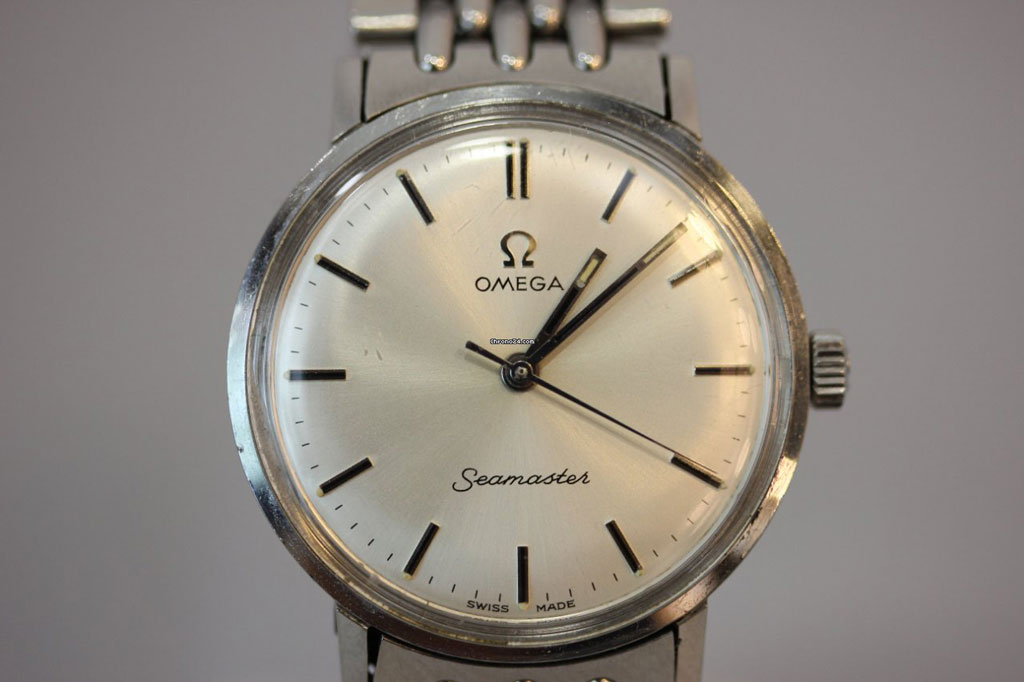
In the shadows of their big brother Seamaster divers from the same era, the dress Seamasters have always seemed like odd little watches to share the same name. While they don’t share the rugged looks of the depth-named Seamasters (120, 300, and 600), they share the same classic ’60s styling, great build quality, and everything else that comes with a watch from a major, timeless brand like Omega. And while the price of the Seamaster divers has risen, the dress watches are still extremely affordable on the collector market – you can look around today and easily find a couple dozen good examples for under $500. So when you’re looking for something classic, beautiful, and affordable, consider an old Seamaster.









 Featured Videos
Featured Videos





